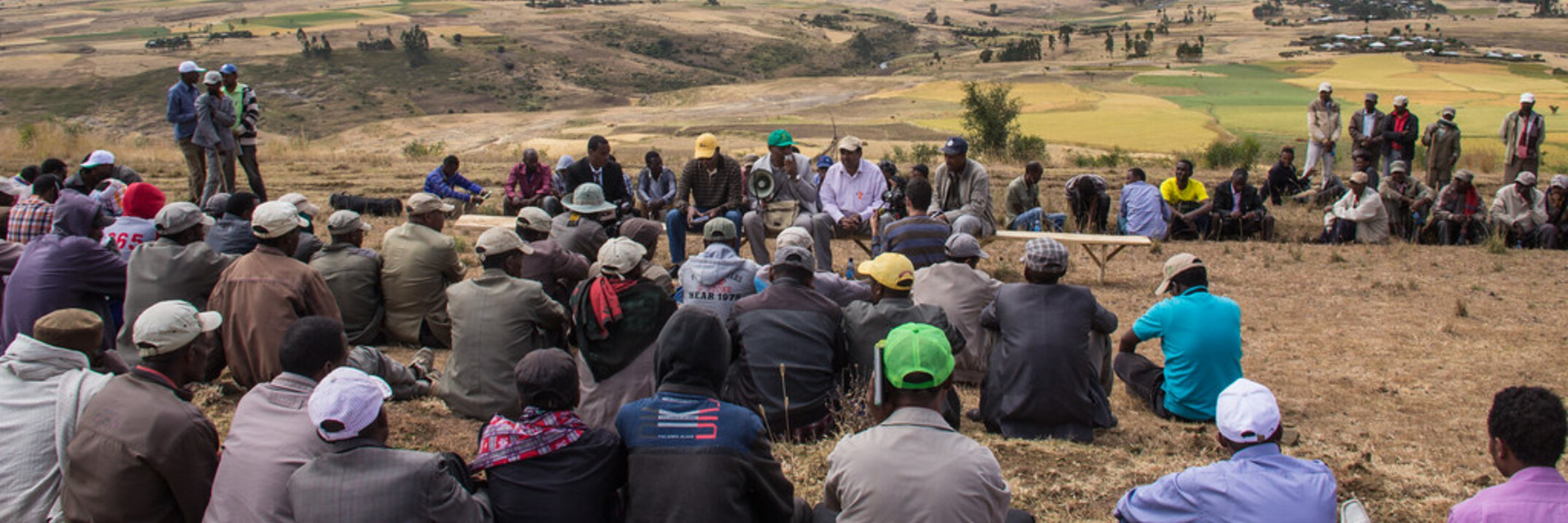This study evaluated the reproductive and productivity of local and Dorper crossbred ewes in a community-based management system. We analyzed data collected from 2013 to 2021, taking into account different factors such as dam-breed, location, type of...


